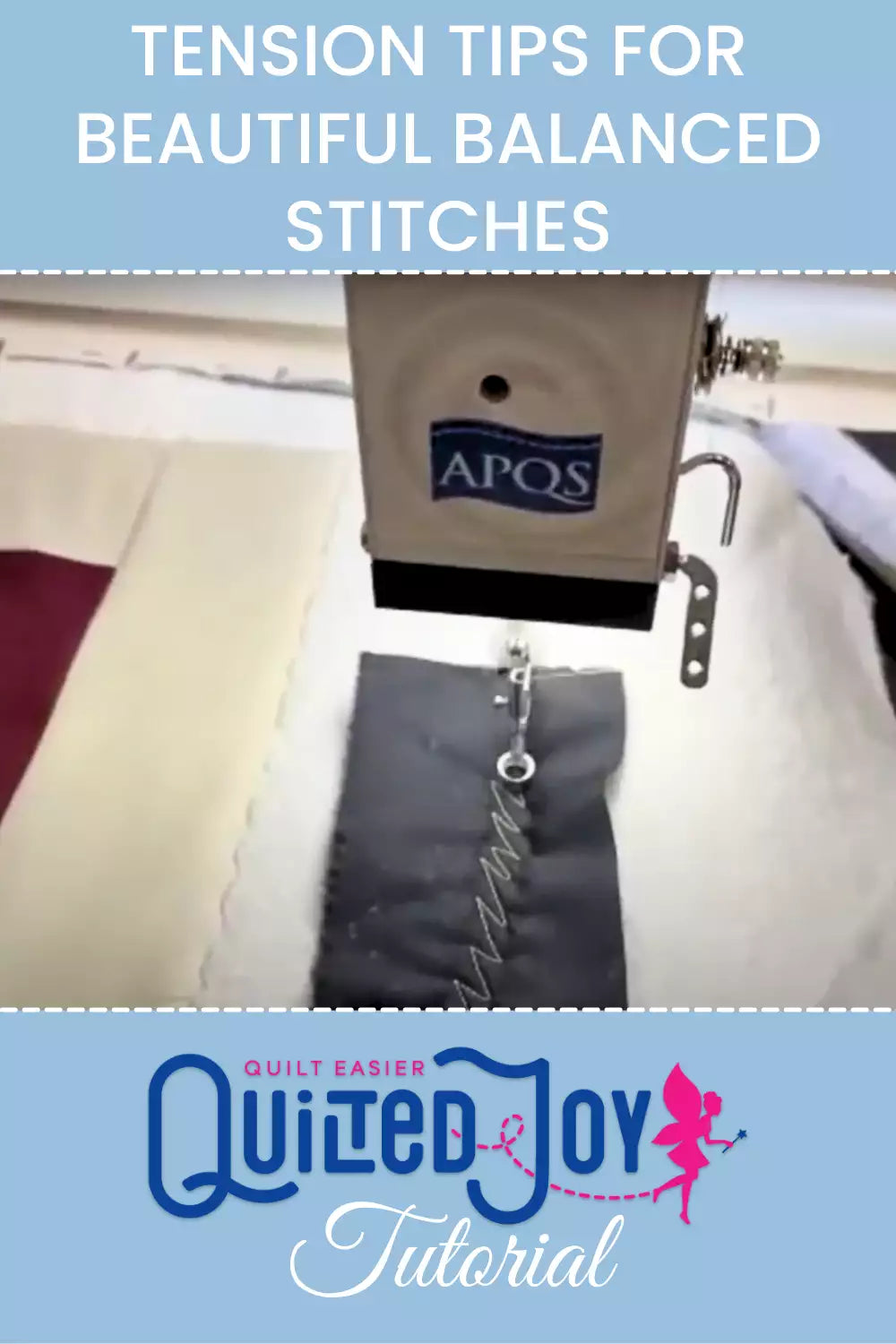
Let’s talk tension. Not the kind you feel when the bobbin acts up, but the kind that makes your stitches sing! Today, we’re diving into what tension really means, how your machine physically forms each stitch, and how to set your tension just right for quilting success. Whether you’re brand new to longarming or just want a better understanding of what’s happening under the hood, you’re in the right place.
How a Stitch Is Born 🧵✨
To understand tension, it helps to see what your machine actually does when it makes a stitch.

The yellow thread represents your top thread, while the green thread is your bobbin thread. As the needle pierces through your quilt sandwich (top fabric, batting, and backing) it meets a tiny metal hook rotating counterclockwise around the bobbin basket. This hook has a super-sharp point that “kisses” the back of the needle, grabs the top thread, and pulls it around the bobbin case at just the right moment to form a stitch. But before that magical moment happens, the top thread has already taken a long journey traveling up from the cone, through multiple thread guides, across the throat of your machine, and finally through the eye of the needle... and it makes that trip 30 to 40 times before it even gets the chance to create a single stitch!
No wonder some threads balk at the journey.
Why Thread Matters
Because of all that travel, your top thread needs to be strong and smooth. Fragile threads can struggle, especially for beginners still learning the quirks of longarm tension. That’s why we recommend starting with a thread like Omni a sturdy, low-lint polyester that’s forgiving of different tension settings.
Once you’ve got your sea legs, go ahead and try all the threads—cotton, trilobal poly, metallics—you deserve to play with every crayon in the box! 🎨
Meanwhile, the bobbin thread has a much shorter path and isn’t subjected to nearly as much abuse. That’s why delicate threads tend to do fine in the bobbin. If your bobbin thread is breaking, it’s a clue that something odd is going on—it’s rare and worth investigating.
The Great Thread Handshake 🤝
Your goal with good tension is to get the top and bobbin threads to “shake hands” right in the middle of the batting layer.
Here’s something you’ve probably noticed: your longarm needle is thick. It’s basically a big ol’ piece of wire that punches a giant hole through your quilt. If your thread is super skinny, it might look like the tension is off when in fact, the handshake is happening exactly where it should. It’s just that big hole making things look weird.
How to Actually Set Tension
Ready for the real secret? Your first goal isn’t perfect tension, it’s bad tension.
Yep. You need to over-tighten the top tension knob until the bobbin thread pulls to the top of the quilt. That’s when you know where your bobbin thread lives. From there, slowly loosen (“lefty-loosey”) the top tension until that bobbin thread settles into the batting layer. That’s your sweet spot.
Here’s how to practice:
-
Use a scrap quilt sandwich off to the side of your quilt.
-
Flip your fabric so you can clearly see what’s happening with your stitches.
-
Stitch in a zigzag motion toward the lower left corner (this gives you the most challenging motion for your machine).
-
Watch for the bobbin thread to pull up.
-
Then slowly back off the top tension until it disappears into the batting.
-
Scratch the top and bottom with your fingernail—if your nail catches on the stitches, your tension is off. If it glides, you’ve nailed it!
The Proof Is in the Back
Always check the backside of your quilt! That’s where tension issues like loops or pokies will show up first. Once you’re happy with how it looks from both sides, you’re good to go.
No More Tension Tantrums
Understanding tension doesn’t just help you fix problems, it builds your confidence and gives you control. Once you see how your machine makes a stitch and how tension behaves, you’ll feel empowered to try new threads, new techniques, and create more beautiful quilts with every pass of the needle.
So go ahead and twist that knob. On purpose. 🌀

I’m Angela- Co-host of the Fons & Porter’s Love of Quilting PBS show. APQS Long arm Dealer and Educator. Triplet Momma. Designer. Thread Bimbo.


































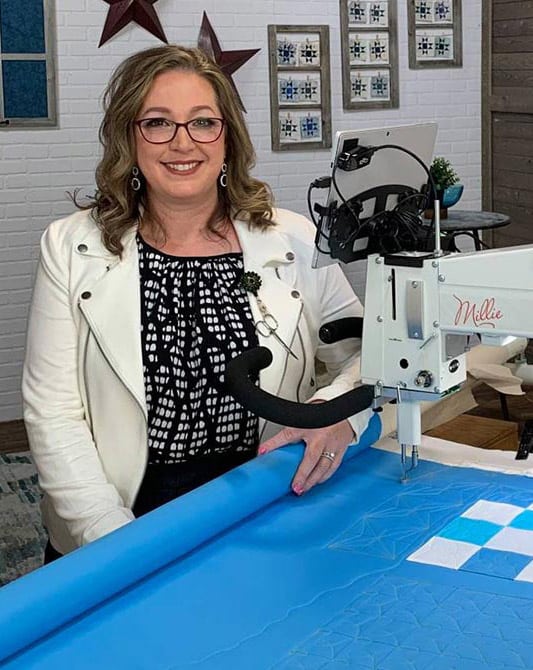
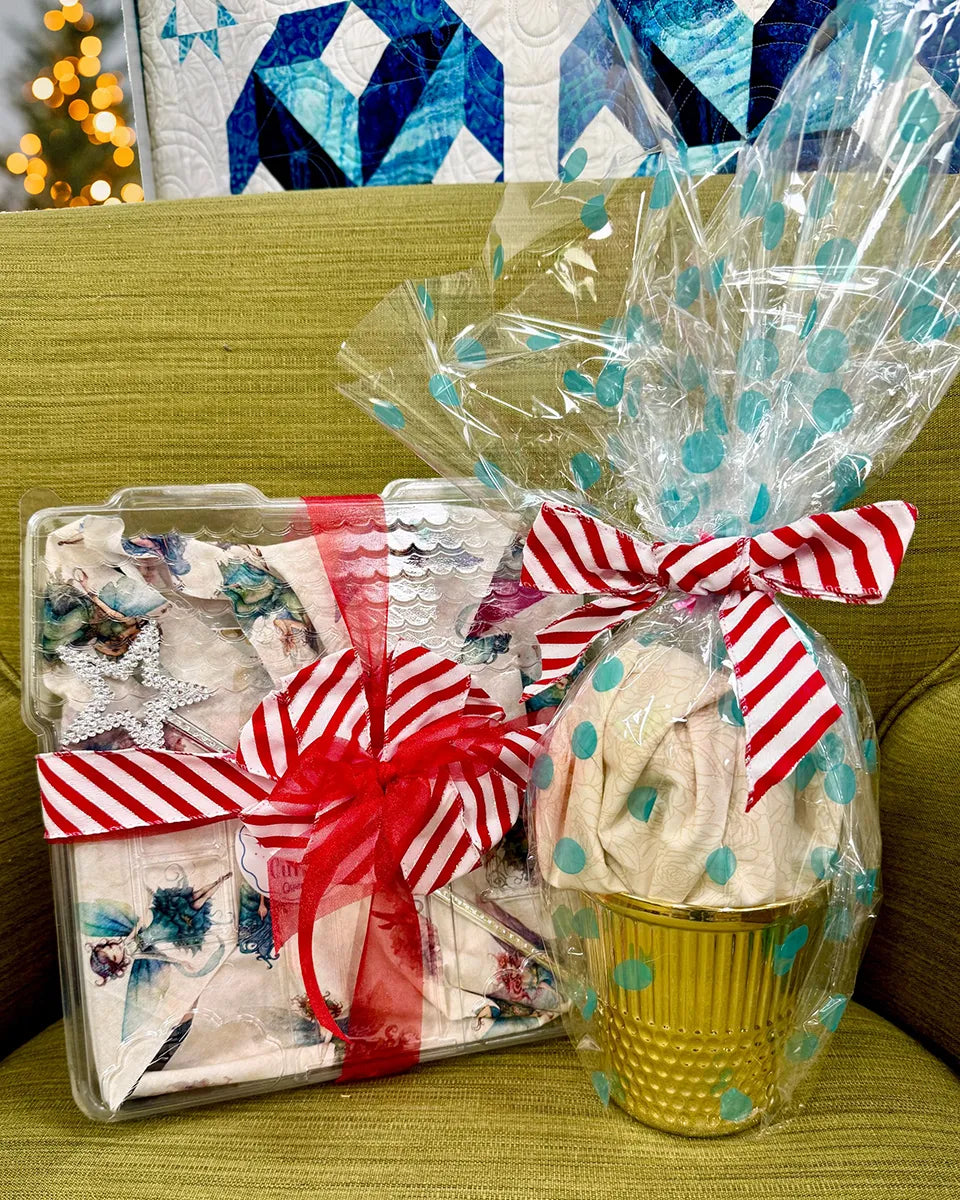
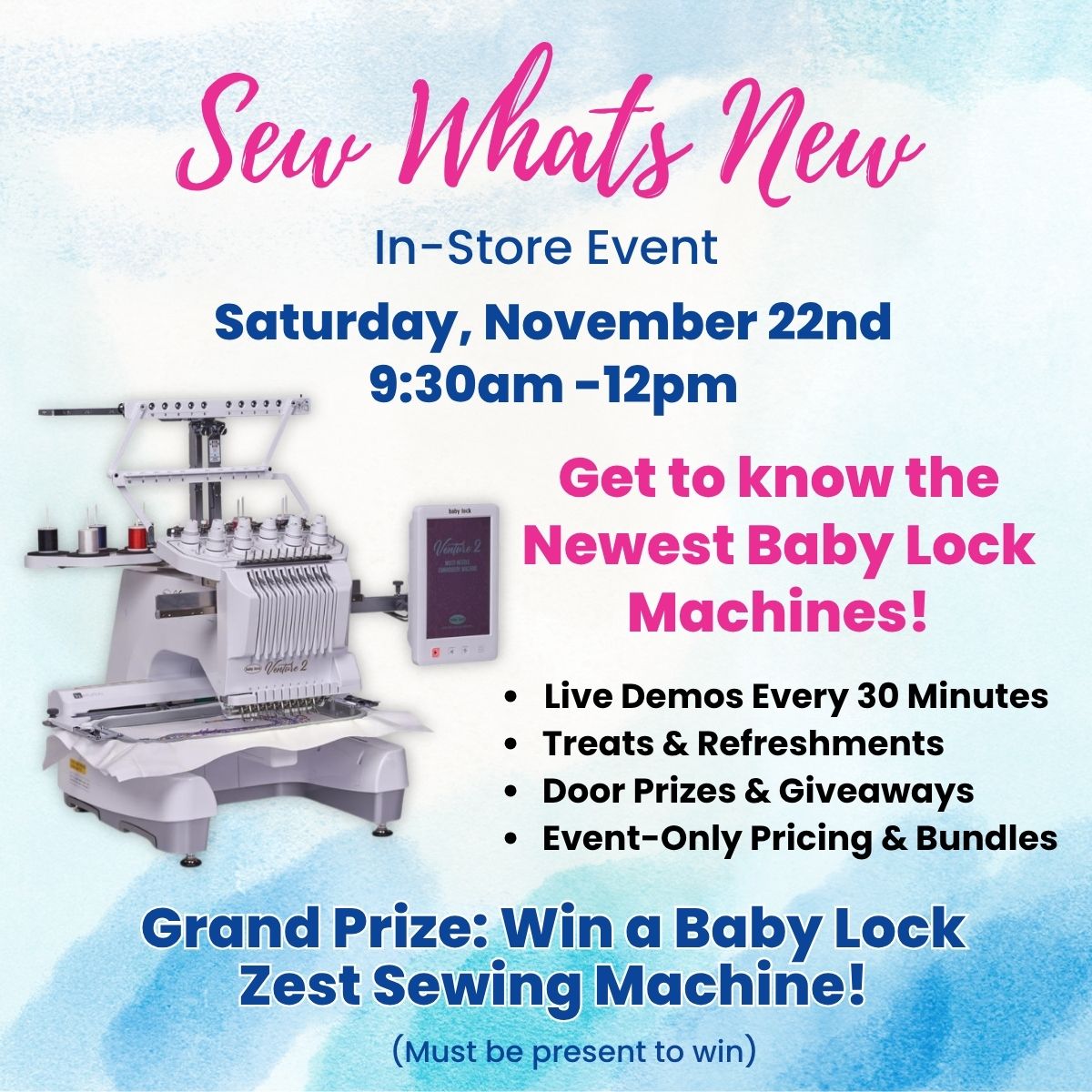
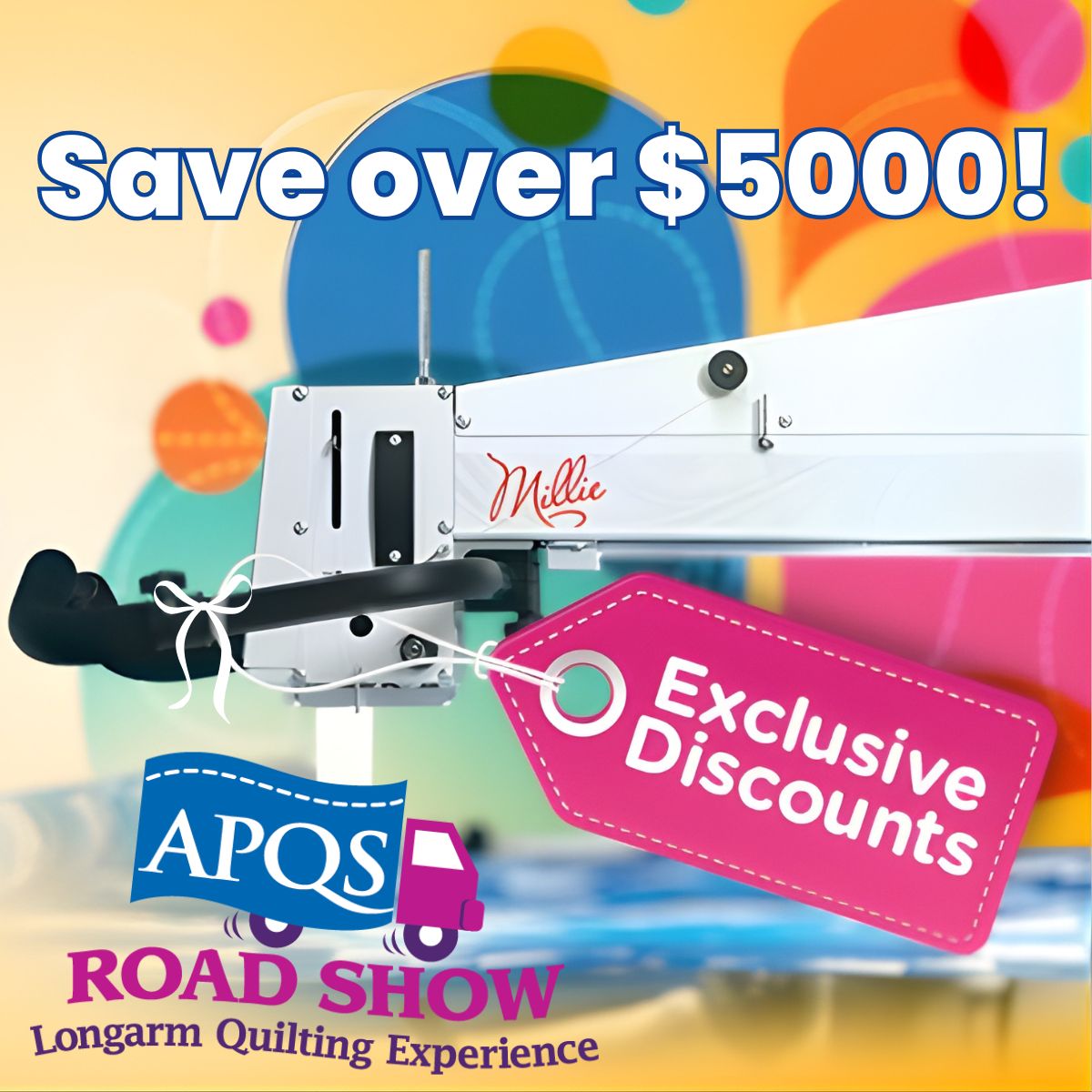
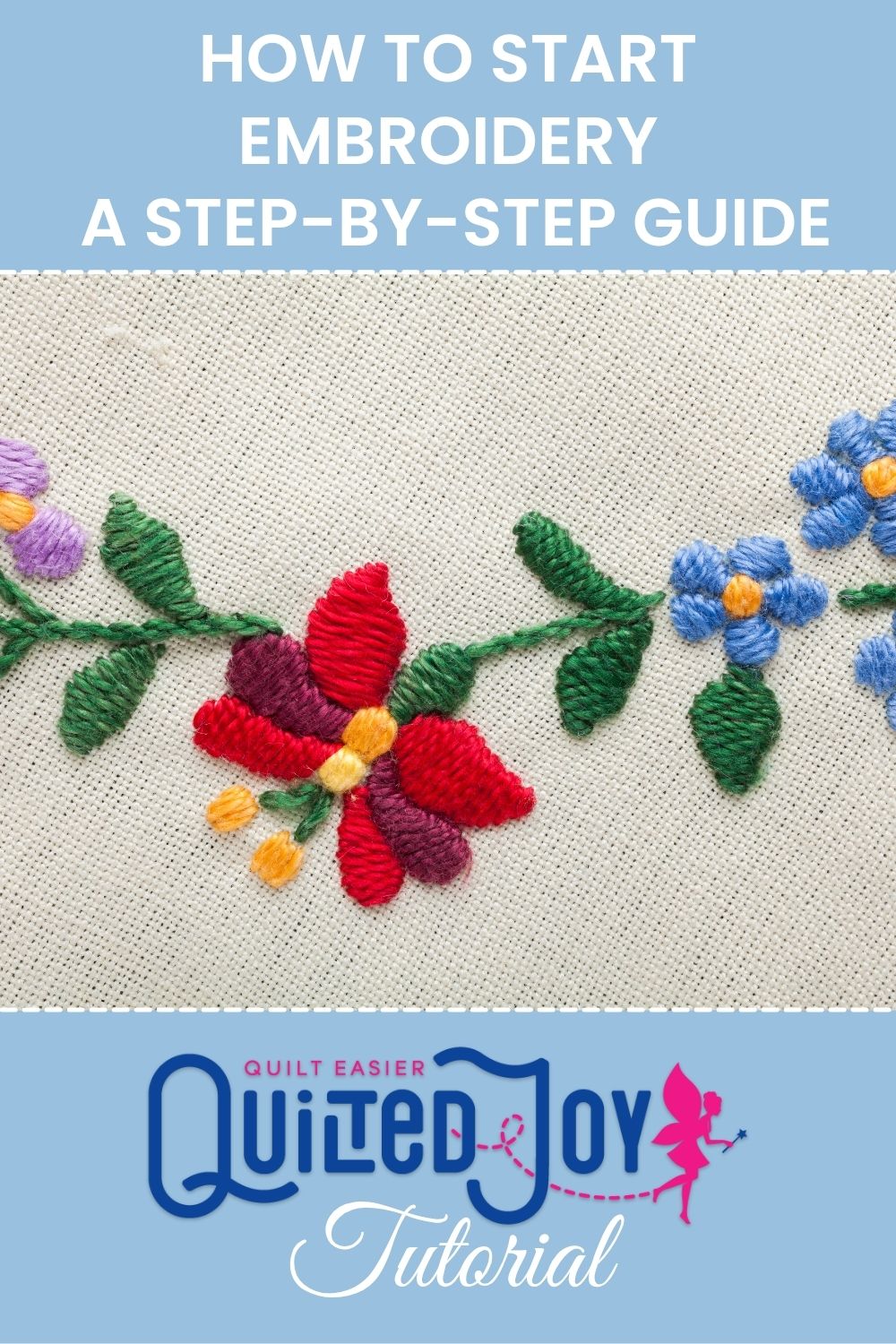

Leave a Reply